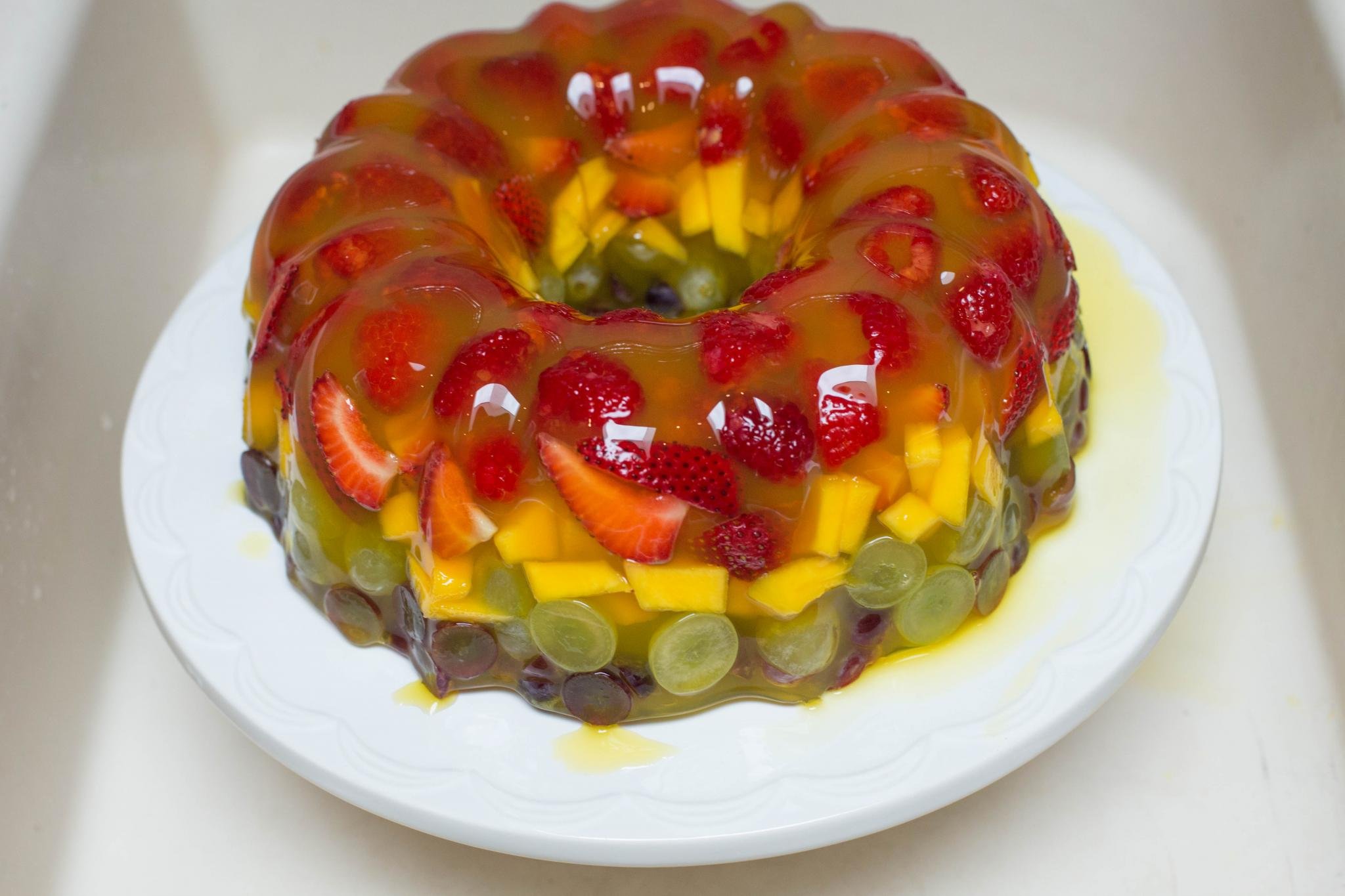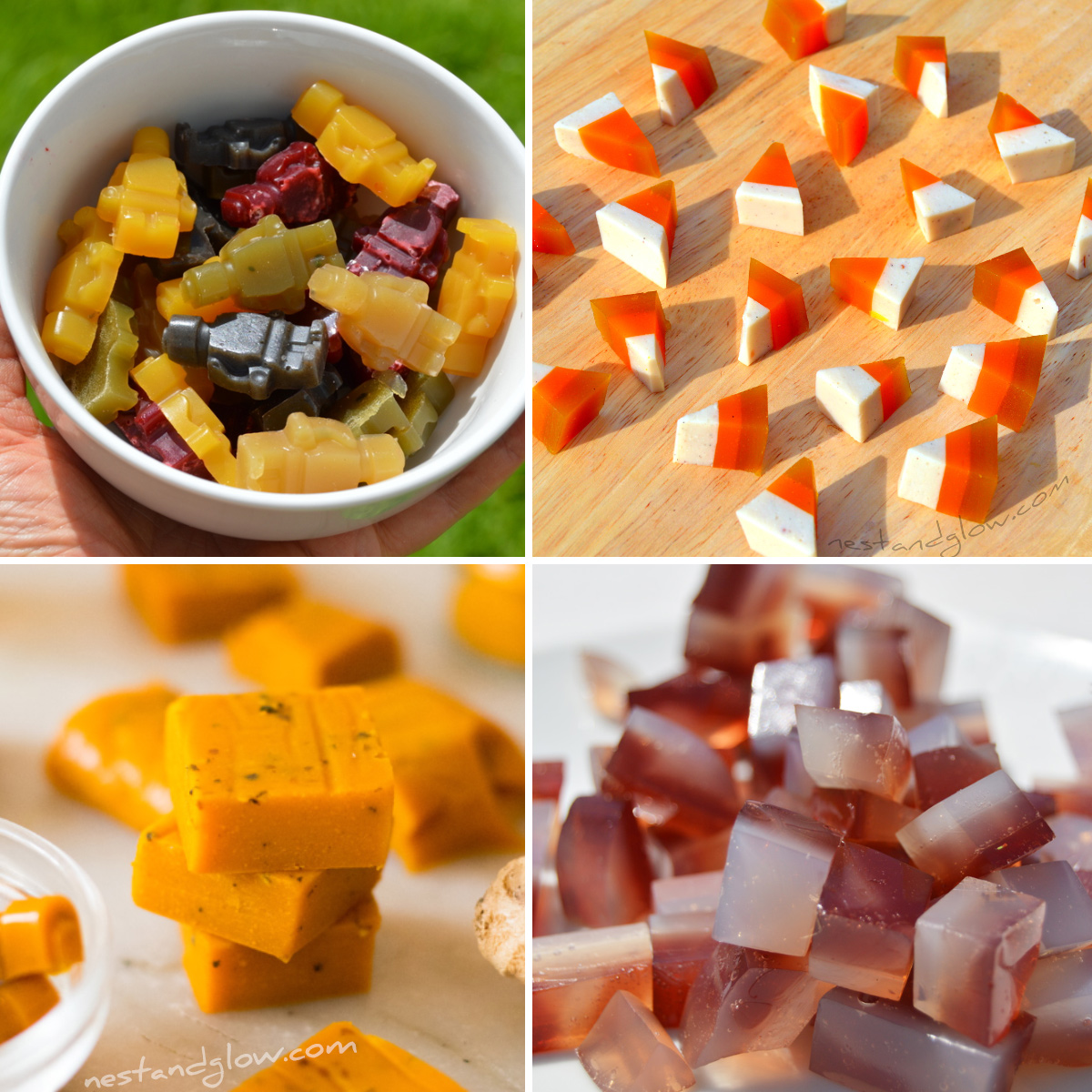Dive into the realm of healthy jelly recipes and explore the art of crafting delicious and nutritious treats. These recipes are not only a delight to the taste buds but also offer an array of health benefits. With a focus on natural ingredients and mindful preparation, let’s embark on a culinary adventure that nourishes both body and soul.
Jelly, a versatile dessert, can be enjoyed in various forms, from jiggly cubes to vibrant layers. Its versatility extends to its ingredients, allowing for endless combinations of fruits, sweeteners, thickeners, and flavorings. Join us as we explore the world of healthy jelly recipes and discover the joy of creating treats that are both tasty and good for you.
Ingredients for Healthy Jelly Recipes
Crafting delectable and nutritious jelly treats necessitates the judicious selection of wholesome ingredients. These ingredients not only contribute to the delightful flavors and textures of your creations but also provide an array of essential nutrients and health benefits.
To guide you in your culinary endeavors, we present a comprehensive table showcasing the most commonly employed healthy ingredients in jelly recipes. Each ingredient is meticulously detailed with its nutritional value, health benefits, and practical examples to inspire your creations.
Fruits
| Ingredient | Health Benefits | Nutritional Value | Example Usage |
|---|---|---|---|
| Berries (strawberries, blueberries, raspberries) | Rich in antioxidants, vitamin C, and fiber | High in vitamin C, potassium, and fiber | Strawberry jelly, blueberry jelly, raspberry jelly |
| Citrus fruits (oranges, grapefruits, lemons) | Excellent source of vitamin C, potassium, and folate | High in vitamin C, potassium, and folate | Orange jelly, grapefruit jelly, lemon jelly |
| Tropical fruits (mangoes, pineapples, papayas) | Abundant in vitamins A, C, and potassium | High in vitamin C, potassium, and fiber | Mango jelly, pineapple jelly, papaya jelly |
Methods for Preparing Healthy Jelly

Preparing healthy jelly involves various methods that influence the jelly’s texture, consistency, and flavor. Understanding the advantages and disadvantages of each method can help you achieve the desired results. Here are common methods for preparing healthy jelly, along with their benefits and limitations:
Boiling
Boiling is a traditional method that involves heating the jelly mixture to a high temperature (212°F or 100°C) and maintaining it for a specified period. This method quickly extracts pectin from fruits and sets the jelly, resulting in a firm texture.
Advantages:
- Quick and efficient method.
- Produces a firm jelly texture.
- Easy to control the setting time by adjusting the boiling duration.
Disadvantages:
- High temperatures can destroy some nutrients and flavors.
- Over-boiling can cause the jelly to become too thick or lose its color.
Simmering
Simmering involves heating the jelly mixture to a lower temperature (180-200°F or 82-93°C) and maintaining it for a longer period. This gentler method preserves more nutrients and flavors while still allowing pectin to extract and set the jelly.
Advantages:
- Preserves more nutrients and flavors.
- Produces a softer, more spreadable jelly texture.
- Less likely to overcook the jelly.
Disadvantages:
- Takes longer to prepare.
- May require more attention to prevent scorching.
Using a Pressure Cooker
Using a pressure cooker is a relatively new method for preparing jelly. It involves sealing the jelly mixture in a pressure cooker and heating it to a high pressure (10-15 psi or 68-103 kPa). This method significantly reduces the cooking time and preserves nutrients.
Advantages:
- Significantly reduces cooking time.
- Preserves nutrients and flavors effectively.
- Produces a firm jelly texture.
Disadvantages:
- Requires a pressure cooker.
- May require some experience to operate safely.
Safety Precautions
- Always wear protective gloves when handling hot jelly mixtures.
- Use clean and sterilized jars and lids for storing jelly.
- Process the jelly according to recommended guidelines to ensure proper preservation.
- Store jelly in a cool, dark place to maintain its quality and prevent spoilage.
Health Benefits of Consuming Healthy Jelly
Consuming healthy jelly can offer numerous health benefits due to its unique composition and the presence of various nutrients. This section delves into the specific health advantages associated with consuming healthy jelly, supported by scientific evidence and research studies.
Antioxidant Properties
Healthy jelly is often made with fruits and natural ingredients rich in antioxidants, such as berries, citrus fruits, and green tea. Antioxidants help protect cells from damage caused by free radicals, which are unstable molecules that can contribute to aging and various diseases.
Studies have shown that consuming antioxidant-rich foods, including healthy jelly, can help reduce oxidative stress and potentially lower the risk of chronic diseases such as heart disease, cancer, and neurodegenerative disorders.
Vitamin and Mineral Content
Healthy jelly can be a good source of essential vitamins and minerals, depending on the ingredients used. Fruits and vegetables commonly used in jelly recipes provide vitamins like vitamin C, vitamin A, and vitamin E, which are crucial for immune function, vision, and healthy skin.
Additionally, healthy jelly can contain minerals such as potassium, calcium, and magnesium, which play important roles in maintaining electrolyte balance, bone health, and muscle function.
Potential Role in Improving Digestion
Some healthy jelly recipes incorporate ingredients like gelatin or agar-agar, which are known for their potential prebiotic effects. Prebiotics are non-digestible fibers that promote the growth of beneficial bacteria in the gut. These bacteria play a vital role in maintaining a healthy digestive system and supporting overall gut health.
Additionally, the consumption of healthy jelly can provide hydration, which is important for maintaining regular bowel movements and preventing constipation.
Tips for Making Healthy Jelly at Home

Making healthy jelly at home can be a fun and rewarding experience. With a few simple tips and tricks, you can create delicious and nutritious jellies that are perfect for snacks, desserts, or even as a topping for other dishes.
Choosing the Right Fruits
The type of fruit you use will greatly impact the flavor and texture of your jelly. Choose ripe, flavorful fruits that are free of blemishes. Avoid using fruits that are too soft or bruised, as these will not produce a good-quality jelly.
Using Natural Sweeteners
Instead of using refined sugar, opt for natural sweeteners like honey, maple syrup, or stevia. These sweeteners will provide a healthier alternative to sugar and can also enhance the flavor of your jelly.
Avoiding Overcooking
Overcooking jelly can result in a tough, rubbery texture. Cook the jelly until it reaches a thick, syrupy consistency, but avoid boiling it for too long.
Adjusting the Sweetness, Texture, and Flavor
The sweetness, texture, and flavor of your jelly can be adjusted to suit your personal preferences. Add more or less sweetener to taste, and adjust the cooking time to achieve the desired texture. You can also add spices, herbs, or other flavorings to create unique and delicious jelly variations.
Troubleshooting Common Issues
* Jelly is too runny: This can be caused by using unripe fruit, not cooking the jelly long enough, or adding too much liquid.
Jelly is too thick
This can be caused by using overripe fruit, cooking the jelly for too long, or adding too little liquid.
Jelly is not setting
This can be caused by using underripe fruit, not cooking the jelly long enough, or not adding enough pectin.
Summary
In this culinary journey, we’ve explored the art of crafting healthy jelly recipes. We’ve learned about the diverse ingredients that contribute to their nutritional value and health benefits. We’ve also delved into the various methods of preparation, from traditional boiling and simmering to modern pressure cooking.
Additionally, we’ve discovered the endless variations of jelly recipes, ranging from classic fruit-based delights to innovative vegetable-based options. As you embark on your own jelly-making adventures, remember to experiment, have fun, and most importantly, savor the delicious and nutritious treats you create.
FAQs
Q: What are the key ingredients commonly used in healthy jelly recipes?
A: Healthy jelly recipes often utilize fresh or frozen fruits, natural sweeteners like honey or maple syrup, plant-based thickeners such as agar-agar or gelatin, and a variety of flavorings like herbs, spices, or citrus zest.
Q: How do I adjust the sweetness, texture, and flavor of my jelly?
A: To adjust the sweetness, you can add more or less sweetener to the recipe. For a firmer texture, use more thickener or reduce the amount of liquid. To enhance the flavor, experiment with different combinations of fruits, herbs, and spices.
Q: What are some common variations of healthy jelly recipes?
A: Healthy jelly recipes can be categorized into fruit-based, vegetable-based, and sugar-free options. Fruit-based jellies are made with fresh or frozen fruits, while vegetable-based jellies utilize vegetables like carrots, beets, or cucumbers. Sugar-free jellies are made without refined sugars, often relying on natural sweeteners like honey or maple syrup.
